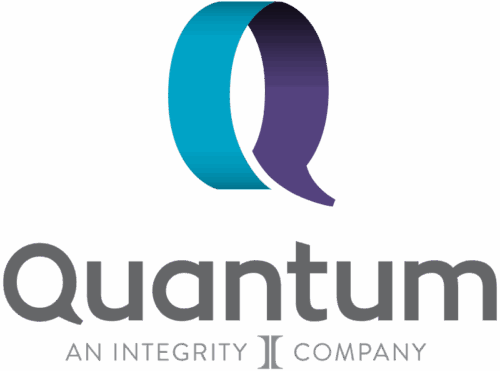Alternatives to Solve the Stretch IRA Problem
The SECURE Act of 2019 did away with the stretch IRA for non-spouses. Previously, tax law allowed traditional IRA and 401(k) account owners to name their children and/or grandchildren as beneficiaries with tax advantages—the beneficiaries had to take annual RMDs, but the RMDs were based on their life expectancies while the accounts could still stay in place and grow tax-deferred.
Not any longer. Now non-spousal beneficiaries must draw down the entire account within 10 years of inheriting it, possibly throwing them into a much higher income tax bracket in the tax years in which they withdraw money. And the IRS, previously unclear about whether annual RMDs would still be required along with emptying the account, have now decided RMDs will be required. (Read more here.)
According to the Congressional Research Service, eliminating the stretch IRA may generate about $15.7 billion in tax revenue over the next 10 years. If you want to protect your clients from excess taxation, this year during your annual client reviews, be sure to address this issue. Be sure your clients understand that they may need to adjust their beneficiaries, estate plan and/or trusts in order to help their heirs save on income taxes. Here are some alternatives you may propose depending on your client’s situation.
Roth Conversions
For pre-retirees still working and still contributing to their retirement accounts, a series of Roth conversions could significantly reduce the tax bill for their heirs, and possibly for the client as well, depending on the retirement plan you design for them.
While non-spouse beneficiaries who inherit Roth IRA accounts are still required to empty and close Roth accounts within 10 years of inheritance, the money withdrawn is tax free to them.
Be aware that your client will have to pay income taxes on any portion of a traditional IRA that gets converted to a Roth in the year the conversion takes place, and conversions are not reversible. So, these must be planned carefully in conjunction with tax professionals after the annual income and tax brackets are known.
Life Insurance
Retired couples who don’t need the income from their RMDs could use a portion of those distributions to purchase life insurance. If their children own the policy, the death benefit isn’t considered part of the taxable estate, so the proceeds are generally income tax free. Those life insurance proceeds could help younger generations fund the tax bill that will apply during the period in which inherited IRA distributions must be taken.
Charitable Remainder Trust
Another option is establishing a charitable remainder trust and naming the trust as the beneficiary of the IRA. These irrevocable trusts can provide annual income to their beneficiary for life or a set number of years. At the end of the term, the remaining value, which must be at least 10% of the donor’s contribution, is paid to the charity. The account owner’s estate also receives a charitable gift tax deduction.
If we can help you with life insurance or annuity case designs for your clients, please call Quantum at 800.440.1088.
Sources:
https://www.thinkadvisor.com/2022/03/16/3-stretch-ira-alternatives-after-irs-secure-act-surprise/
https://blog.massmutual.com/post/stretch-ira-alternatives
FOR FINANCIAL ADVISOR USE ONLY
This article is for informational purposes only and should not be construed as financial advice. It is recommended that you check with your financial, legal and tax professionals before undertaking any financial strategy.
Prior to joining Quantum, Kayden Meyersick worked for an insurance marketing company as a wholesaler of whole life insurance. Kayden likes being able to offer advisors not only life insurance and annuity strategies, but also value-add marketing services.



